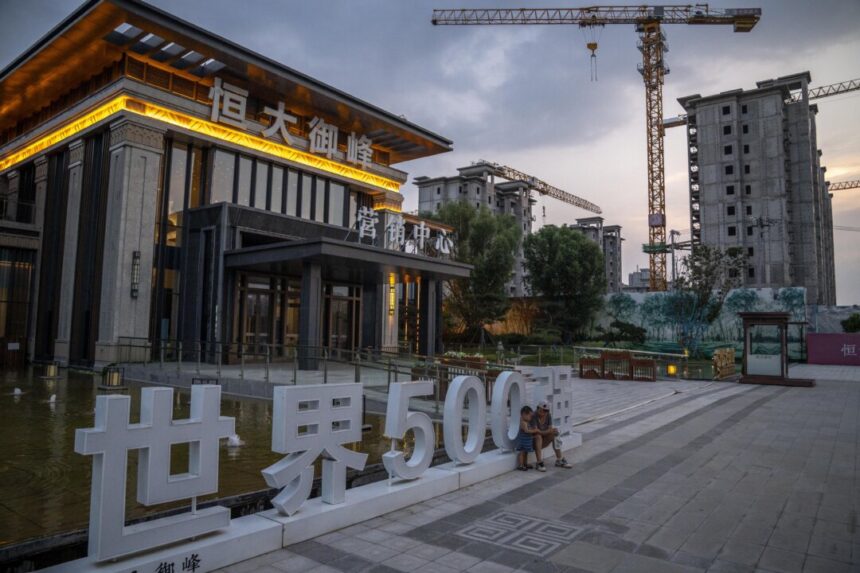Commentary
The Chinese government recently implemented various measures to address the challenges in the housing sector. A significant highlight is the allocation of 300 billion yuan by Chinese banks to address the excess supply in the market. However, a closer look reveals that this amount may not be sufficient. Estimates suggest that there are around 50 million excess properties in China, with an estimated outstanding debt of 5 trillion yuan, far surpassing the 300 billion yuan allocated for cleanup. This raises concerns about the adequacy of the funds provided.
Furthermore, the funding source being bank lending rather than central bank money creation poses additional risks. If the housing market downturn persists, there is a high likelihood that the loans extended by banks may not be repaid, leading to a potential spiral of asset-liability imbalances and price declines. The implications of this extend beyond the banking sector, affecting depositors and the overall economy.
The issue of negative equity, where liabilities exceed assets, is not limited to real estate developers but also impacts households with mortgages. The reliance on bank deposits to support developers shifts the risk burden towards households, potentially exposing them to bankruptcy risks. The economic indicators point to weak consumption demand, indicating a challenging economic environment exacerbated by the housing market downturn.
A comparison of China’s real residential housing prices and real GDP growth rates reveals discrepancies in recent years. While the trends align directionally, there is a notable disparity in growth levels, raising questions about the accuracy of GDP figures and the role of construction activities in driving economic growth.

The divergence between real housing prices and GDP growth rates in China suggests underlying economic challenges. The discrepancy in growth levels and the potential inflation of GDP figures through construction activities indicate a deeper economic recession than officially acknowledged.






